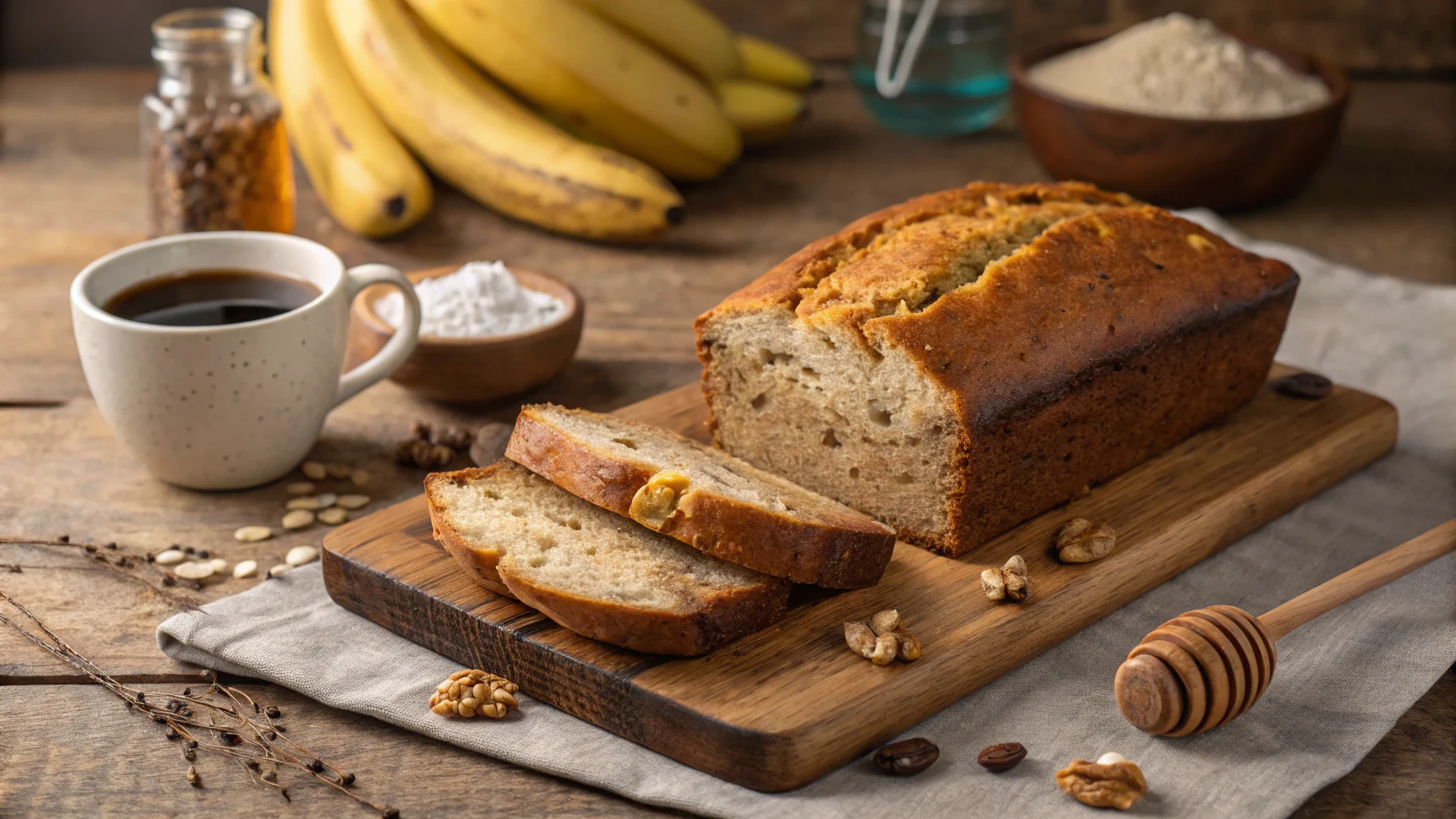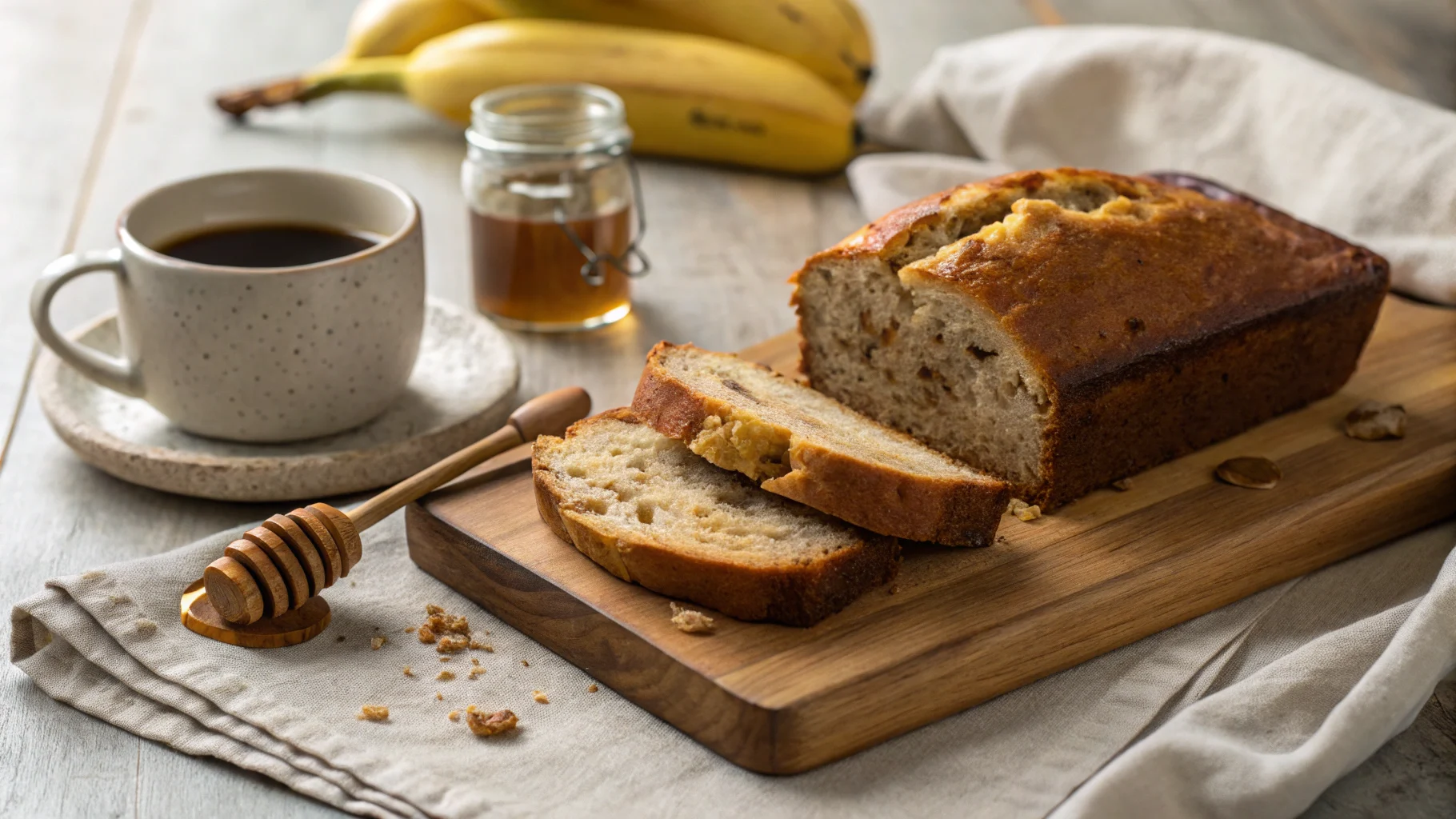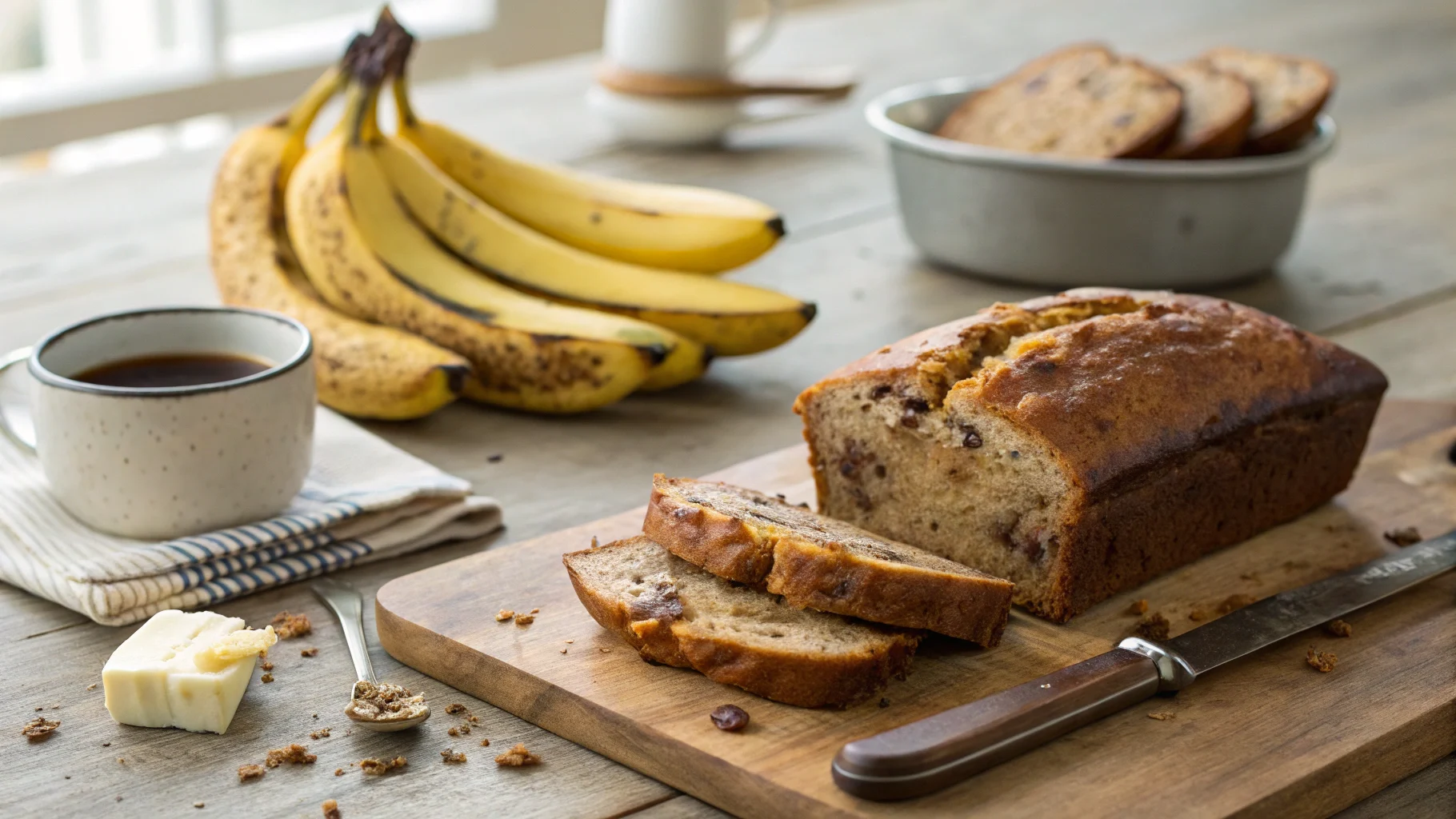A Popular Dish Across Cultures
Nutrition in Sweet and sour chicken is one of those dishes that just hits the spot—whether you’re grabbing takeout or cooking it up at home. With roots in Chinese cuisine, this flavorful combination of tangy, sweet, and savory has found its way onto plates around the world. Over the years, it’s been adapted and reinvented in different regions, from the classic version served with steamed rice to fusion-style takes featuring vibrant vegetables . It’s a true crowd-pleaser, perfect for family dinners or casual get-togethers.
Importance of Understanding Sweet and Sour Chicken Nutrition Content
But let’s face it—dishes that taste this good often leave us wondering what’s in them. Sweet and sour chicken, while delicious, can be high in calories, sodium, and sugar depending on how it’s prepared. For anyone watching their diet or looking for healthier options, understanding its nutritional profile is a game-changer. Knowing what’s on your plate helps you make informed choices, enjoy the dish guilt-free, and even tweak it to fit your health goals.
Calories in Sweet and Sour Chicken Nutrition – What You Need to Know
Average Calorie Count per Serving
Sweet and sour chicken is a dish that delivers a lot of flavor, but it also comes with a calorie punch. On average, a single serving (about 1 cup or 200-250g) contains 300-500 calories. This can vary significantly depending on how it’s prepared. For example, deep-fried versions—common in restaurants and takeout—are on the higher end of the calorie range. On the other hand, a baked or stir-fried version made at home might be lower in calories, especially if the batter and sauce are made with lighter ingredients.
According to Chefs Resource, fried sweet and sour chicken served with rice or noodles often exceeds 500 calories per meal, while a homemade or portion-controlled serving can be reduced to as low as 350 calories.
Factors Influencing Calorie Levels
The calorie content in sweet and sour chicken largely depends on three main factors:
- Batter and Frying: Deep-frying the chicken adds a significant amount of fat and calories. A fried coating can add 120-150 calories per serving compared to grilled or baked chicken.
- Sweet and Sour Sauce: The sauce is another calorie-heavy component, primarily due to added sugars. One cup of sauce can contain up to 150-200 calories, depending on the recipe.
- Portion Size: Large portions, especially when served with rice or noodles, can quickly double or triple the total calorie count.
Macronutrients in Sweet and Sour Chicken (Protein, Carbs, and Fats)
Protein Content
Sweet and sour chicken can be a decent source of protein, with 15-25 grams per serving, depending on the amount of chicken used. Protein contributes to muscle repair and overall satiety, making it an important macronutrient for balanced meals. However, fried coatings and excessive sauce can dilute the protein-to-calorie ratio.
According to MyFoodData Tools, a serving of plain chicken breast provides around 26 grams of protein, but this can drop to 15-18 grams in sweet and sour chicken due to added ingredients like batter and sauce.
Carbohydrate Content
Sweet and sour chicken is also high in carbohydrates, primarily from the sauce and any accompanying rice or noodles. On average, a single serving contains 40-50 grams of carbs, with 20-30 grams coming from sugars in the sauce.
Dietary fiber is usually minimal, as most versions don’t include fiber-rich vegetables. However, adding vegetables like broccoli or bell peppers can boost the fiber content to 4-5 grams per serving, improving its nutritional value. Nutritionix highlights that homemade versions with reduced sugar can lower the overall carbohydrate count while maintaining flavor.
Fat Content
The fat content in sweet and sour chicken varies depending on cooking methods and ingredients. A typical serving contains 15-25 grams of fat, including 3-5 grams of saturated fat. Deep-frying increases the fat levels significantly, while baked or stir-fried chicken reduces the total fat content.
Trans fats, which are often found in processed or restaurant versions of fried sweet and sour chicken, can pose health risks. Homemade recipes that avoid trans fats and rely on healthier oils, like olive or avocado oil, are much better options.

Micronutrient Profile
Vitamins and Minerals
Sweet and sour chicken isn’t just about calories—it also contains a range of vitamins and minerals, depending on the ingredients.
- Vitamin C: Found in the sauce (from pineapple or citrus juice) and vegetables like bell peppers, Vitamin C contributes to immune health and skin repair. A serving can provide 10-20% of your daily Vitamin C needs.
- Iron: Chicken itself is a good source of iron, which helps with oxygen transport in the blood. A serving of sweet and sour chicken typically provides 5-8% of the recommended daily intake.
- Calcium: While not a major source, sweet and sour chicken with fortified sauce or certain vegetable additions can provide 3-5% of your daily calcium needs.
According to MyFoodData Tools, adding vegetables like broccoli or sesame seeds can further enhance the vitamin and mineral profile of this dish.
Transition to Part 2: Health Considerations
Now that we’ve broken down the calories and nutrients in sweet and sour chicken, it’s time to talk about its health implications. How do sodium, sugar, and allergens fit into the picture? Let’s take a closer look in the next section.
Sodium Levels
High Sodium Content and Its Implications
Sweet and sour chicken, especially in its restaurant or takeout form, is notoriously high in sodium. On average, a single serving can contain 800-1,000 mg of sodium, which is about 35-45% of the recommended daily limit for adults (2,300 mg per day). According to Nutritionix, the sodium content comes primarily from soy sauce, batter seasonings, and the sweet and sour sauce itself.
High sodium levels can contribute to hypertension, heart disease, and kidney issues, particularly for individuals who already need to monitor their salt intake. For those eating sweet and sour chicken frequently, the sodium content can quickly add up, especially when paired with salty side dishes like fried rice or egg rolls.
To reduce sodium, consider making a homemade version with low-sodium soy sauce or alternative flavor enhancers like ginger, garlic, and rice vinegar. Skipping pre-packaged sauces or making your own from scratch can drastically cut sodium levels.
Sugar Content
Added Sugars in the Sauce
The sweet and sour sauce is the heart of this dish, but it’s also the primary source of added sugars. A typical serving of sweet and sour chicken contains 15-30 grams of sugar, with most of it coming from the sauce. This can account for more than 50% of the daily recommended limit for added sugars (25 grams for women and 36 grams for men).
According to Nutritionix, the sugar in the sauce often comes from ingredients like white sugar, honey, and pineapple juice. While these contribute to the tangy-sweet flavor we love, excessive sugar intake has been linked to weight gain, insulin resistance, and increased risk of type 2 diabetes.
If you’re trying to cut down on sugar, opt for a homemade sauce made with natural sweeteners like stevia or monk fruit. Alternatively, reduce the sauce portion and load up on the chicken and veggies to balance the dish.
Dietary Fiber
Fiber Content and Digestive Health
Sweet and sour chicken, in its standard form, is not known for its fiber content. A single serving typically contains less than 2 grams of fiber, which is quite low considering that adults should aim for 25-30 grams per day.
Most of the dish’s fiber comes from vegetables like bell peppers, onions, or carrots—when they’re included. Unfortunately, many restaurant versions skimp on the veggies, focusing instead on the chicken and sauce. According to MyFoodData Tools, adding just a cup of stir-fried broccoli or snap peas can increase the fiber content to 4-6 grams per serving, supporting digestive health and helping you feel fuller for longer.
For a healthier version, make the dish at home and incorporate a variety of fiber-rich vegetables like broccoli, zucchini, or bok choy. You can also serve it with brown rice or quinoa instead of white rice for an additional fiber boost.
Allergens and Dietary Restrictions in Sweet and Sour Chicken
Common Allergens Present
Sweet and sour chicken contains several common allergens, making it a potential issue for individuals with specific dietary restrictions. Key allergens include:
- Gluten: Found in the batter coating the chicken and often in soy sauce used in the sauce. Gluten-free options are available but require substitutions like tamari or gluten-free flour.
- Soy: A key ingredient in many sauces, including sweet and sour sauce. For soy allergies, coconut aminos can be used as a flavorful alternative.
- Eggs or Dairy: Occasionally used in the batter, though not always present.
For those with dietary restrictions, it’s important to ask about the preparation method if ordering from a restaurant or to customize the recipe at home. Gluten-free flour, soy-free sauces, and eggless batters can help make this dish accessible without compromising on flavor.
Transition to Part 3: Tips for Healthier Preparation
Now that we’ve tackled the sodium, sugar, fiber, and allergen considerations, it’s time to explore how you can make sweet and sour chicken healthier without sacrificing its iconic taste. Let’s dive into some practical cooking tips in the next section.
Reducing Calorie and Fat Content
Alternative Cooking Methods
Let’s be real—deep-frying might be delicious, but it’s not exactly waistline-friendly. Luckily, there are plenty of ways to enjoy sweet and sour chicken without the added fat from frying.
- Baking: Coat the chicken pieces in a light batter or breadcrumbs and bake them at 400°F for 20-25 minutes until crispy. This method eliminates the need for oil while still giving you a satisfying crunch.
- Grilling: For a leaner option, skip the batter altogether and grill marinated chicken pieces. Grilling not only reduces fat but also adds a smoky flavor that pairs perfectly with the sweet and tangy sauce.
- Air Frying: If you have an air fryer, it’s a game-changer. You get the crispy texture of fried chicken with just a fraction of the oil. Simply spray the chicken lightly with cooking oil and air fry at 375°F for about 15 minutes.
By switching to these methods, you can shave off 100-200 calories per serving, making the dish lighter while still keeping it tasty.

Sugar and Sodium in Sweet and Sour Chicken – Are They Too High?
Homemade Sauce Recipes
The sweet and sour sauce is where most of the sodium and sugar hide, but making your own sauce at home gives you full control. Here’s a quick recipe for a healthier version:
Ingredients:
- 1/4 cup low-sodium soy sauce
- 1/4 cup rice vinegar
- 2 tablespoons honey or maple syrup (as a natural sweetener)
- 1/4 cup unsweetened pineapple juice
- 1 tablespoon cornstarch mixed with 2 tablespoons water (for thickening)
- 1 teaspoon fresh ginger (grated)
- 1 garlic clove (minced)
Instructions:
- In a small saucepan, mix the soy sauce, rice vinegar, honey, and pineapple juice.
- Add the ginger and garlic, then bring the mixture to a gentle boil.
- Stir in the cornstarch slurry and simmer until the sauce thickens (about 2-3 minutes).
This recipe cuts the sugar by half compared to traditional versions and drastically lowers sodium levels. Feel free to adjust the sweetness to your liking by experimenting with natural sweeteners.
Increasing Nutritional Value in Sweet and Sour Chicken
Adding Vegetables
One of the easiest ways to make sweet and sour chicken healthier is to load it up with vegetables. Not only do veggies boost the fiber, vitamins, and minerals in the dish, but they also add vibrant color and fresh flavor.
Here are some great options:
- Bell Peppers: Red, yellow, and green bell peppers add crunch, sweetness, and a hefty dose of Vitamin C.
- Broccoli: Rich in fiber and Vitamin K, broccoli pairs well with the sauce and chicken.
- Carrots: Thinly sliced carrots add natural sweetness and a satisfying crunch.
- Snap Peas: These provide a fresh, crisp texture and are an excellent source of Vitamin A.
- Zucchini: A great way to bulk up the dish with minimal calories.
To prepare, stir-fry your vegetables lightly in a bit of olive oil before tossing them with the chicken and sauce. This keeps their texture crisp and preserves their nutrients. By adding vegetables, you can easily double the fiber content of the dish and reduce the calorie density, making it a more balanced meal.

FAQs About Sweet and Sour Chicken Nutrition
Now that we’ve covered practical tips for making sweet and sour chicken healthier, let’s tackle some common questions about its nutritional content and how it fits into your diet. Head over to the FAQ section for more insights!
What is the nutritional value of Chinese sweet and sour chicken?
Sweet and sour chicken is a dish rich in calories and macronutrients, with a typical 1-cup serving containing around 300-500 calories. This serving size also includes 15-25 grams of protein, 40-50 grams of carbohydrates, and 15-25 grams of fat. The carbohydrate content is primarily from the sweet and sour sauce, while the protein comes from the chicken. The exact nutritional values depend on preparation methods, with fried versions being higher in calories and fat.
Does sweet and sour chicken have a lot of sodium?
Yes, sweet and sour chicken is often high in sodium. A typical serving contains 800-1,000 mg of sodium, accounting for roughly 35-45% of the recommended daily limit (2,300 mg for most adults). The sodium comes from soy sauce, seasoning in the batter, and the sauce. Restaurant or takeout versions tend to have more sodium than homemade versions. For those watching their sodium intake, making the dish at home with low-sodium soy sauce is a better option.
Is there a lot of sugar in sweet and sour chicken?
Yes, sweet and sour chicken is high in sugar, especially due to the sauce. A standard serving can contain 15-30 grams of sugar, which is up to 50% of the daily recommended limit for added sugars (25 grams for women and 36 grams for men). The sugar primarily comes from sweeteners like white sugar, honey, and pineapple juice used in the sauce. To reduce sugar intake, consider making a homemade sauce with natural sweeteners like stevia or cutting down on the sauce quantity.
How many calories are in sweet and sour chicken?
The calorie count for sweet and sour chicken varies, but a typical serving (1 cup or about 200-250g) contains 300-500 calories. Deep-fried versions with thick batter and a generous amount of sauce are on the higher end, while baked or grilled versions with less sauce are significantly lower in calories. Adding vegetables can further reduce the calorie density of the dish.
Making Informed Choices
Sweet and sour chicken doesn’t have to be a guilty pleasure—it can be a balanced addition to your diet if you approach it with a little know-how. As we’ve explored, this dish is rich in flavor but can pack in calories, sodium, and sugar, depending on how it’s prepared. Choosing healthier cooking methods like baking or grilling, making your own low-sodium sauce, and adding fiber-packed vegetables can transform it into a more nutritious option without sacrificing the taste you love.
By understanding its nutritional profile, you can enjoy sweet and sour chicken mindfully and even customize it to fit your dietary needs. So, whether you’re indulging in takeout or trying your hand at a homemade version, you’ve got the tools to make it work for your health goals. Now go ahead and enjoy your next plate—it’s all about balance, right? (And maybe seconds, but we won’t judge!)





